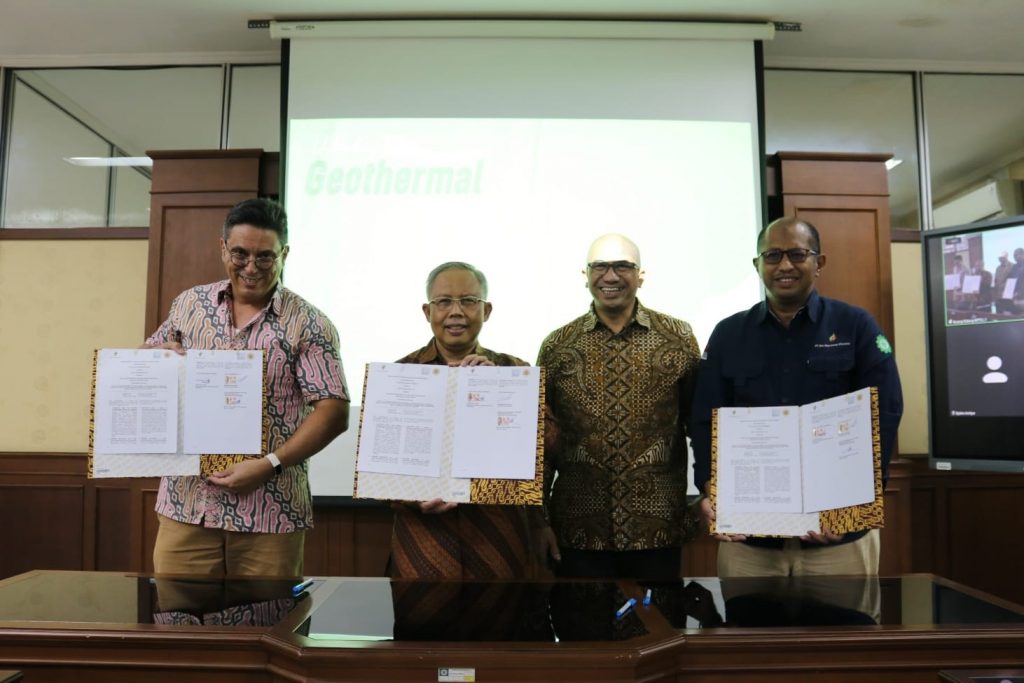
The technology developed by Geo Flow Imaging is adapted from principles established in shale formation stimulation monitoring. It relies on downhole seismic sourcing using a chemically inert, heat-stable, rapid-burn propellant that emits seismic waves at subsonic velocities from within the wellbore. A surface seismic array measures the seismic velocity structure, thus providing data for generating a local crustal velocity model.
This technique aims to provide more accurate modeling for well targeting, thus reducing exploration costs and helping make geothermal projects more commercially viable.
“We put the propellant underground and the signal is recorded on the surface. Like an X-ray, the propellant produces vibrations that help the level of accuracy before drilling,” explained Wiwit Suryanto, a researcher from UGM.
Field trials of the technology will be done in the Ciwidey geothermal areas in Java, Indonesia. Wiwit explained that, if the trail is successful, then the technology can be used worldwide. “If this is successful, exploration companies will no longer have to drill at multiple points because they already know which points are truly more accurate,” added Wiwit.
Graeme Saunders, CEO of GeoFlow Imaging, expressed hopes that UGM can be at the forefront of mastering the science and technology of exploring for geothermal resources. He also gladly welcomed the involvement of UGM in the field testing of the new technology.
Yudistian Yunis, Director of Business Development and Exploration at PT Geo Dipa, looks forward to more of these similar research initiatives. According to Yunis, PT Geo Dipa is open to opportunities for academics to conduct research related to exploration of geothermal systems.